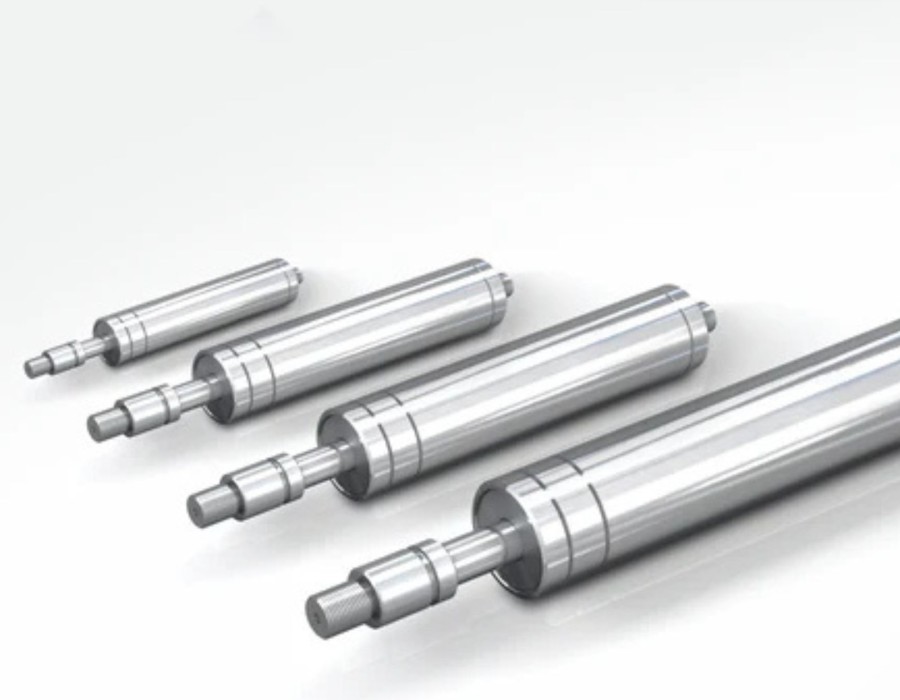When it comes to choosing the right stainless steel gas springs, you need to consider several factors. These springs are not just functional; they also offer durability and resistance to various environmental factors.
But how do you pick the best one for your specific application?
Let's walk through the essential elements to consider, ensuring you make an informed decision that meets your needs.
What Are Stainless Steel Gas Springs?
Stainless steel gas springs are devices that utilize compressed gas to provide support, force, or damping in a variety of applications. They consist of a cylinder filled with gas, a piston rod, and a seal. When the piston is pushed in, the gas compresses, creating a force that can assist or resist motion. These springs are commonly used in automotive, furniture, and industrial applications, among others. Their resistance to corrosion makes them ideal for environments exposed to moisture or chemicals.
Why Go for Stainless Steel?
Not all gas springs are created equal. Choosing stainless steel gas springs has distinct advantages. Stainless steel is well-known for its durability and resistance to rust and corrosion. This makes it a perfect choice for outdoor applications or places with high humidity.
Load Capacity: Don’t Overlook This!
Load capacity is a crucial factor in selecting gas springs. It’s vital to choose springs that can support the weight of the object they’ll assist. A spring with too little capacity will fail to function correctly, while an over-capacity spring may be unnecessarily stiff.
To find the right load capacity, calculate the weight of the application it will support. Most manufacturers provide load capacity charts to help you make an informed choice. Always opt for a spring that provides a bit of a safety margin to account for unforeseen factors.
Dimensions Matter: Get It Right!
The dimensions of your stainless steel gas springs are also essential. Make sure you measure the available space accurately. Consider the length of the spring when it’s compressed and when it’s extended. If the spring is too long or short, it won’t fit properly, which could lead to operational issues.
Additionally, check the diameter of the rod and the cylinder. These dimensions can impact both the aesthetics and functionality of your application.
Range of Motion: Know Your Limits
Understanding the range of motion is key. Determine how far the spring needs to extend and retract. This will help you choose a spring with the right stroke length. A gas spring with a stroke that’s too short will not fully support the motion you require, while one that’s too long may cause damage or wear over time.
Environmental Considerations: Don’t Get Caught Off Guard
As mentioned, environmental factors play a significant role in choosing the right gas springs. If your application involves exposure to moisture, or chemicals, stainless steel gas springs are the best choice. Additionally, consider the finish of the spring; a polished finish can enhance corrosion resistance.
Installation: Keep It Simple
Installation is another vital factor to consider. While many gas springs come with installation hardware, the ease of installation can vary. Some springs may require specialized tools or knowledge, while others can be installed easily with basic tools. Always refer to the manufacturer’s guidelines for installation.
Choosing the right stainless steel gas springs requires careful consideration of your specific needs. By evaluating load capacity, dimensions, range of motion, and environmental factors, you can ensure that your selection is tailored to your application. The right gas springs will not only enhance the functionality of your project but will also offer longevity and reliability.
In the end, investing time in understanding your requirements will pay off in performance and durability. So, when it comes to selecting the ideal stainless steel gas springs, make the choice that suits your needs best!





Comments